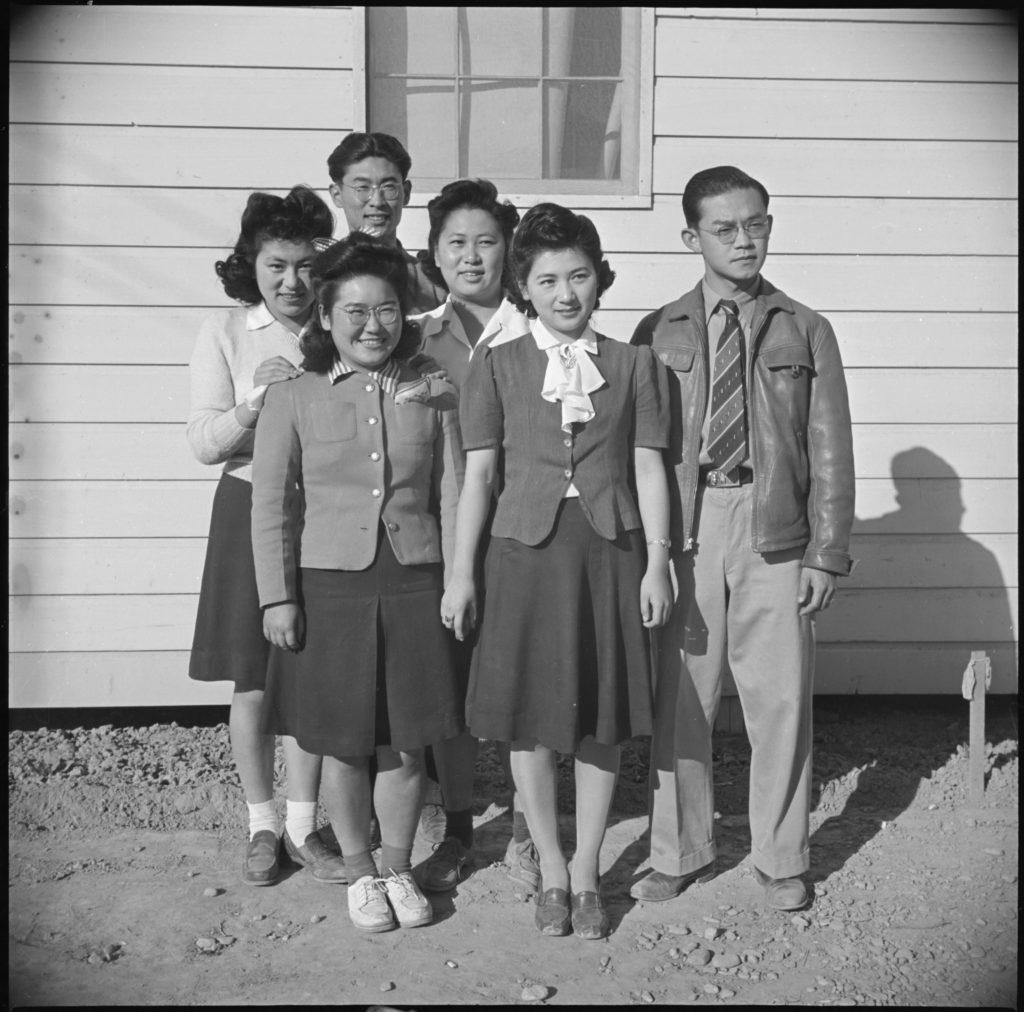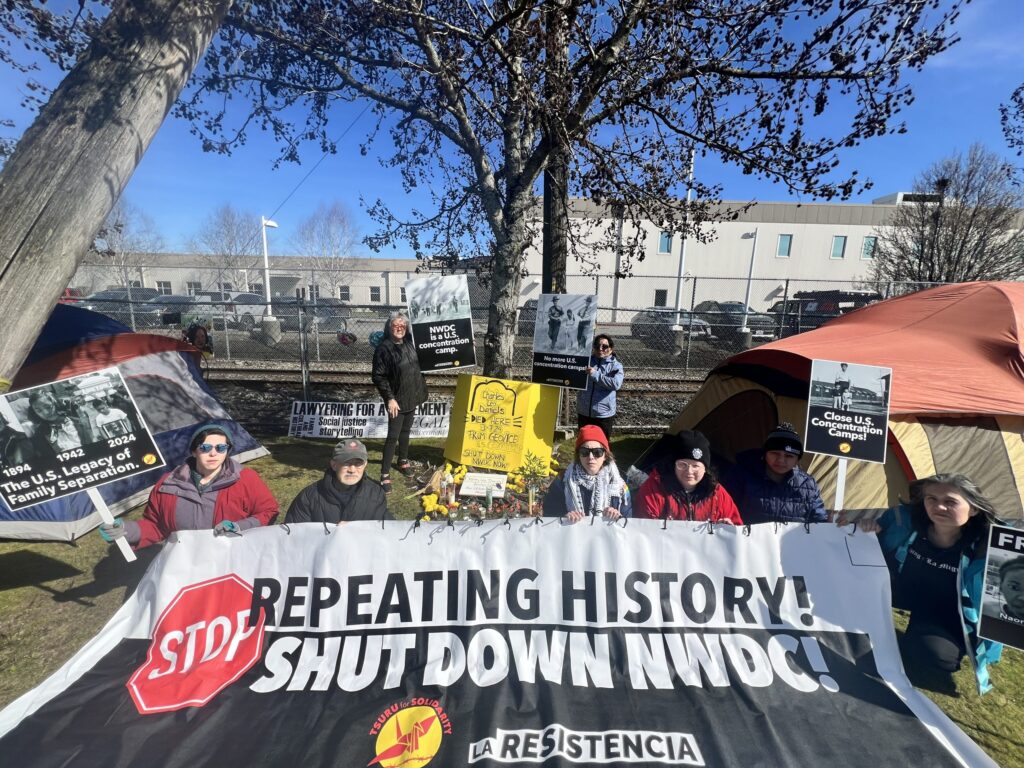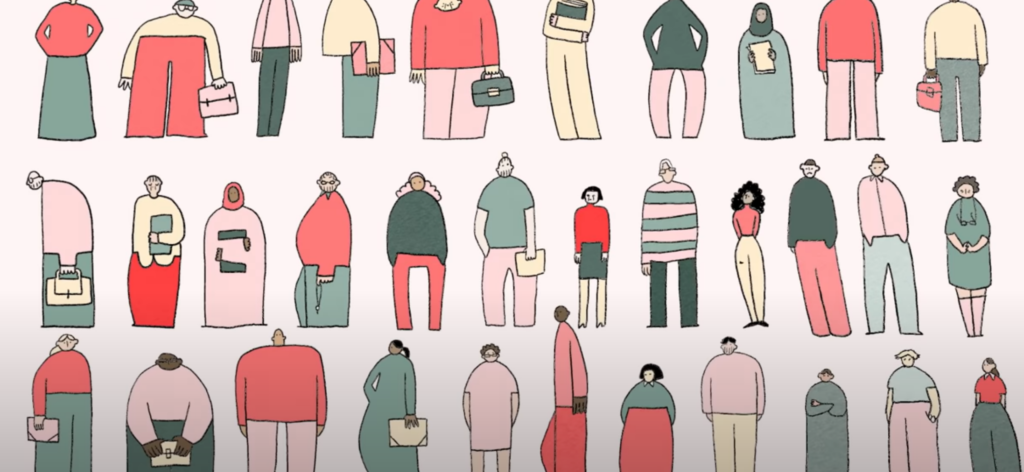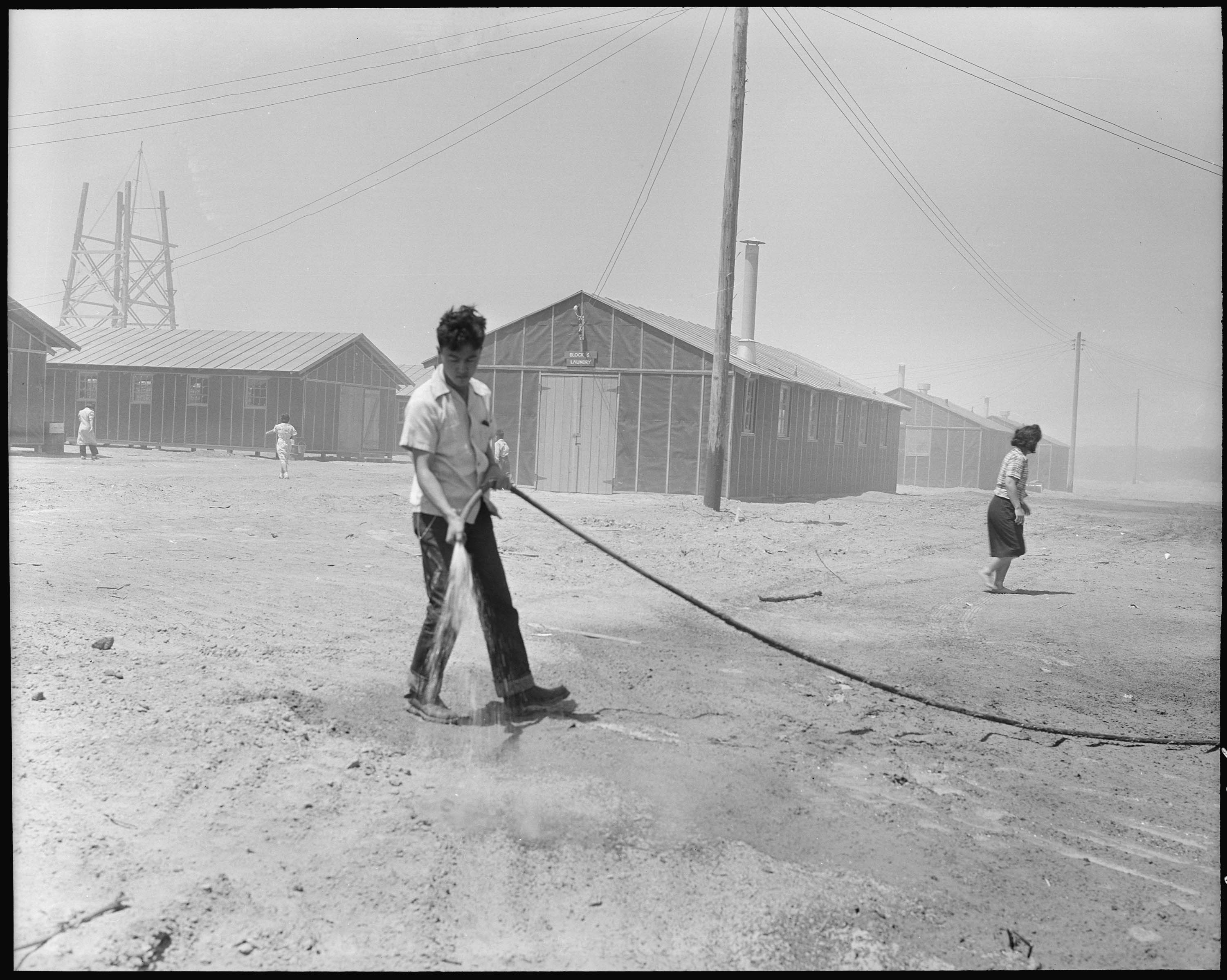Featured Collections

Frank Miwa Collection
The collection is comprised of photographs primarily taken by Frank Miwa of family and friends before the war in the San Francisco Bay Area in California and at Poston in Arizona.

Miyagi Family Collection
A collection of personal documents and photographs of the Miyagi family's experience in the Poston Assembly Center.

CSU Dominguez Hills Kuwahara Family Papers
The Kuwahara Family Papers contains documentation of the Kuwahara family depicting the daily life and people incarcerated in the Poston camp in Arizona during World War II.
Oral Histories
People were "fainting like flies" from the heat - Rudy Tokiwa
During World War II, Rudy Tokiwa and his family were sent to the Salinas Assembly Center, California, and then the Poston concentration camp, Arizona. In this clip, he describes being unprepared for the heat upon first arriving at Poston.
Snakes and Scorpions in Camp - Ruth Y. Okimoto
Ruth Y. Okimoto was a child at the Poston (Colorado River) concentration camp, Arizona, during World War II. In this clip, she talks about encountering the local wildlife in camp.
First Miserable Summer in Poston - Chizuko Omori
Chizuko Omori grew up in Oceanside, California, and was sent to the Poston concentration camp during WWII. In this clip, she talks about the difficult conditions they endured upon first arriving at the camp.
Encyclopedia Entries
Poston (Colorado River)
Poston was a War Relocation Authority (WRA) concentration camp located in southwestern Arizona near the town of Parker, close to the border with California. As with Manzanar , it received many inmates directly from their homes rather than through the intermediary step of an " assembly center."
Poston Chronicle (newspaper)
The Poston Chronicle (December 22, 1942–October 23, 1945) was the main newspaper of the Poston , Arizona, concentration camp. It was preceded first by the Poston Information Bulletin (May 13, 1942–July 9, 1942), then by the Official Daily Press Bulletin (July 10, 1942–December 20, 1942).
Blog Posts

Ten Things That Made Poston Concentration Camp Unique
The Colorado River “Relocation Center”—more commonly referred to as Poston—was located in the Arizona desert a few miles from the California border. The largest and most populous of the War Relocation Authority (WRA) administered concentration camps (with the exception of post-segregation Tule Lake) with a peak population of nearly 18,000, Poston was unique among WRA camps in a number of ways.

The Labor History of Japanese American Incarceration during WWII
Japanese Americans were expected to help build and maintain the concentration camps where they were held, as well as grow some of their own food to offset the costs of their imprisonment. The working conditions and paltry wages offered by the War Relocation Authority (WRA), the government agency responsible for managing the camps, left much to be desired.

A Poston Survivor Speaks Out To Say “Stop Repeating History!”
Joe Okimoto, a Nisei survivor of Poston and a member of Tsuru for Solidarity, shares some powerful words about how he is experiencing history repeating itself and the importance of people power in moments like these.

Educational Material Model Minority Myth
Recent violence targeting Asian Americans has been a painful reminder that the forces of racism and xenophobia that led to WWII incarceration are still very much part of our world. In a new collaboration between Densho and TED-Ed, we created a lesson that traces the history of the “model minority” myth and illustrates the damaging effects of racial stereotypes, even when they cast an entire group of people in a supposedly positive light.

Exploring Your Family History
Over the past two decades Densho’s extensive online resources have become increasingly useful as a tool for Japanese American families to explore their heritage. The Densho Family History Program’s mission is to help members of the Japanese American community connect with their history through education, training, access to genealogical tools, and preservation of historical materials.
Acknowledgement
Funding made possible by The Henri and Tomoye Takahashi Charitable Foundation.
